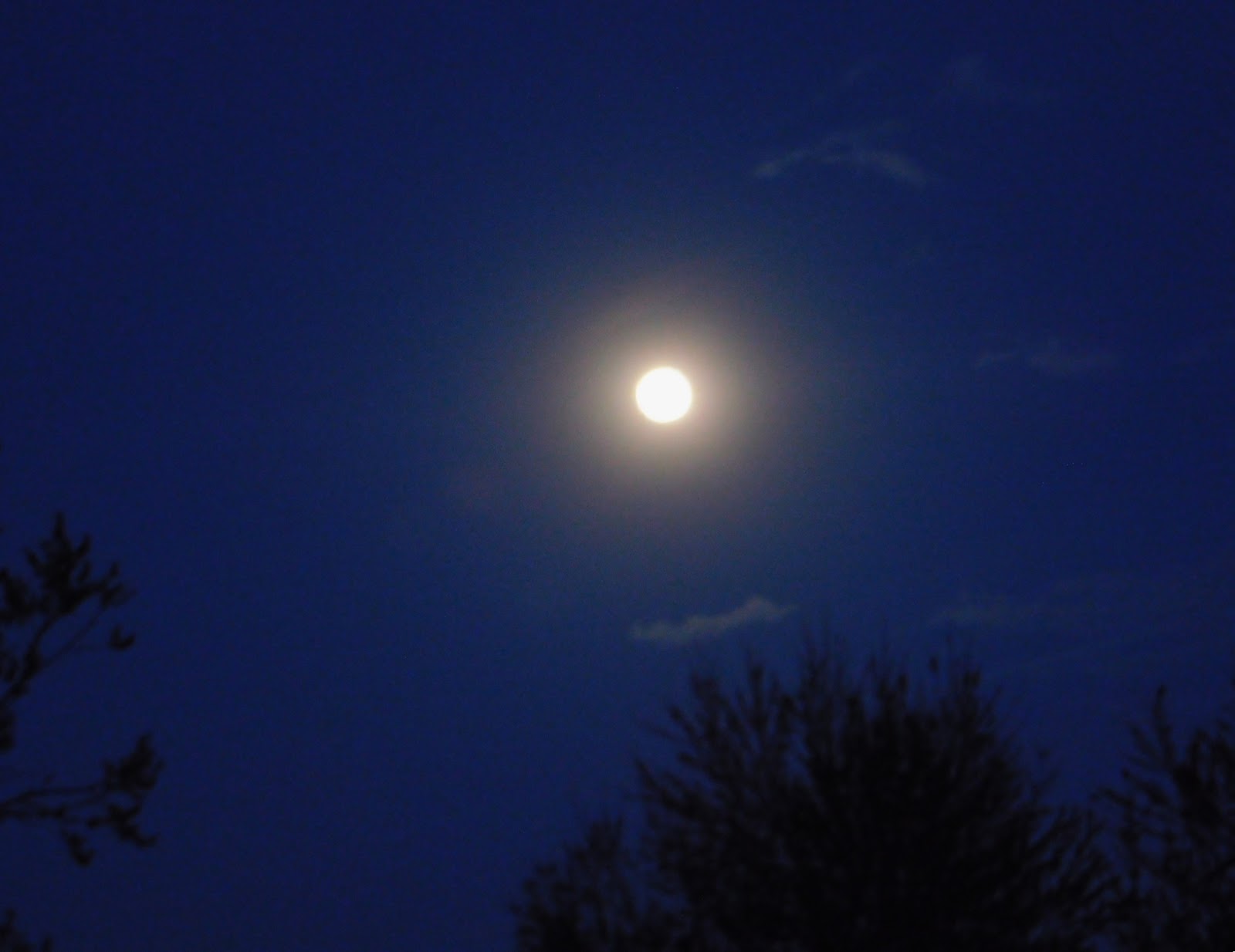Six books read in April. My favorites were Weyward and The Oceans and the Stars. The one that most affected my independent nature was The Women's March.
Weyward by Emilia Hart is her debut novel. I thoroughly enjoyed this book which stretches from 1619 to 2019 about the lives of women from one family, all of whom share a deep knowledge of the natural world.
The Oceans And The Stars by Mark Helprin is subtitled A Sea Story, A War Story, A Love Story. It is the first book I've read by this author. Unfortunately, though he has written many more, our library doesn't have any of them. I thoroughly enjoyed the writing in this book even though I am not a fan of war stories, this one, set in the same region as a current ongoing conflict, really kept my attention.
The Midnight Lock by Jeffrey Deaver is the 15th novel in his Lincoln Rhyme series.
City of Betrayal is # 7 in Victoria Thompson's 'A Counterfeit Lady' series. I didn't even pay any attention to what the book was about because I've been reading each new one in the series as it comes out. It wasn't until I began reading it that I realized this book was also about women's suffrage. In this case, set in Tennessee in 1920, when the states were voting to pass the 19th Amendment.
The Women's March by Jennifer Chiaverini is about the 1913 women's suffrage march in Washington, D.C. It was also the first large organized march for political purposes. One reason I like Chiaverini's books is because they are based on historical happenings and facts. I hadn't realized that President Woodrow Wilson was such a misogynistic racist, but this book really points that out.
As dedicated and hard working as the women suffragists were to achieve the right to vote, the 19th Amendment to the Constitution granting them voting rights wasn't ratified until August 18, 1920. One of the things I've tried to do is impart to my daughter, granddaughters and others, how voting in every election isn't just a right, it is a duty in honor of the women who fought to give us that right.
In 1943 one of the 1913 suffragists, Alice Paul, presented a revised version of her Equal Rights Amendment that read: "Equality of rights under the law shall not be denied by the U.S. or any State on Account of sex." On March 22, 1972, the Equal Rights Amendment finally passed Congress, which imposed a seven-year deadline for ratification. A new generation of feminists, many of whom were members of the National Organization for Women (NOW) worked to win the required number of states for ratification. I was one of the disappointed women supporters when the deadline for the amendment ran one state short of ratification.
In 2020, the U.S. House of Representatives passed a resolution to remove the original time limit imposed to ratify the ERA. On April 27, 2023, the U.S. Senate fell short of the votes needed to grant equal rights for women in the Constitution - more than a century after a guarantee of gender equality was proposed in Congress. (Paul's first version was presented in 1923; revised in 1943.)
I have never understood how any woman could have been against voting rights, nor how they can still be against passing the Equal Rights Amendment, yet they are. I had hoped to live long enough to see that happen as well as experiencing our first female President of the United States. I fear for the future of our country, but mostly for the loss of rights that we have taken for granted.












